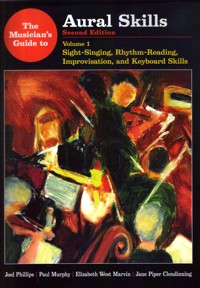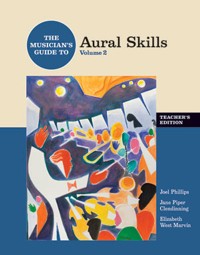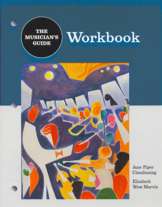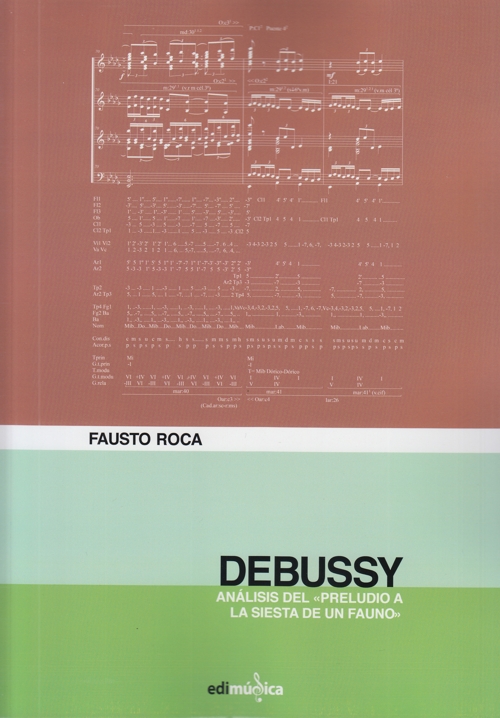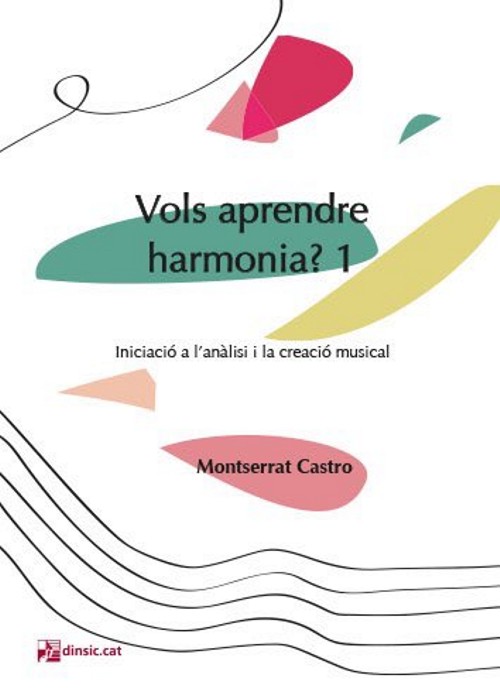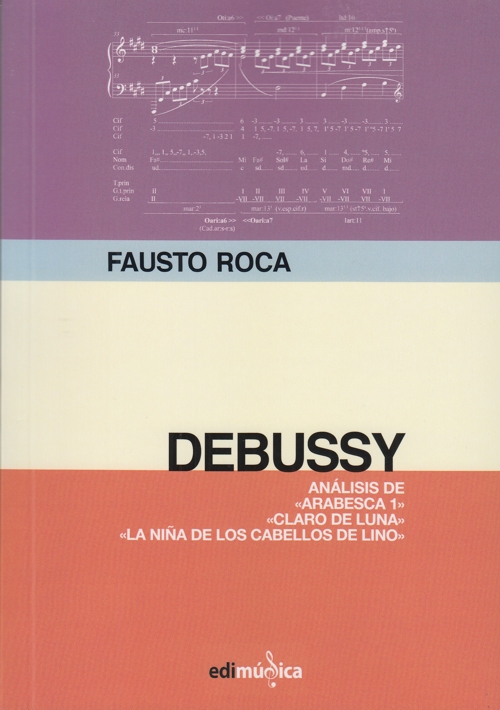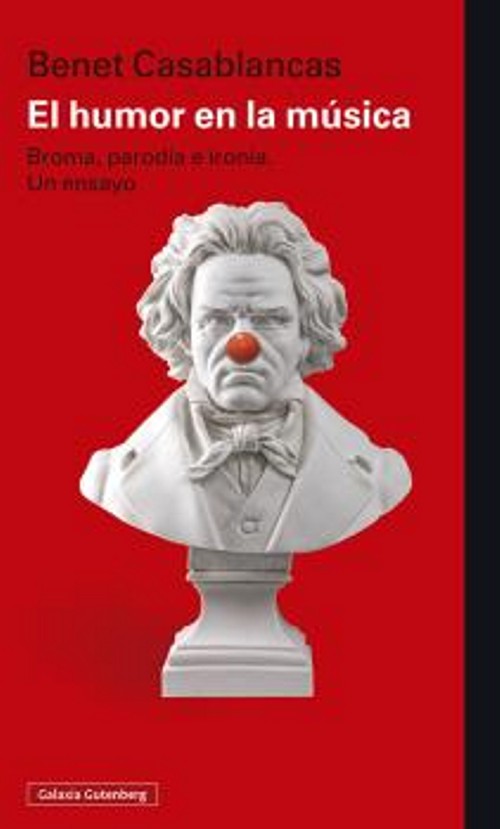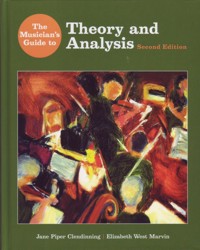
The Musician's Guide to Theory and Analysis, Second Edition
Clendinning, Jane Piper
;West Marvin, Elizabeth
W. W. Norton & Company. 2010Ficha técnica
- EAN: 9780393930818
- ISBN: 978-0-393-93081-8
- Editorial: W. W. Norton & Company
- Fecha de edición: 2010
- Encuadernación: Rústica
- Dimensiones: 22x27,5
- Idioma: Inglés
- Nº páginas: 33+839+110
No disponible temporalmente
Disponibilidad sujeta a la información del editor¡GASTOS DE ENVÍO GRATIS!
PVP. 73,30€
Añadir a la Lista de deseos
Cd contains mp3 files for music examples from texbook and workbook.
Newly revised and updated with outstanding ancillaries, "The Musician's Guide to Theory and Analysis" gives you the hands-on tools you need to learn how music works. The text takes the phrase model approach, which considers how chords work together in "real" musical contexts to propel a piece of music forward. A rich, diverse repertoire of classical and popular styles -from Bach to Green Day- helps you apply theoretical concepts directly to performance, to ground and enhance your music making. The Music Examples Recordings include most of the short examples in the text and Workbook in mp3 format on DVD, packaged with the text, and are available for streaming from StudySpace.
Together with "The Musician's Guide to Aural Skills", the book guides you through all the skills you need to become a well-rounded, versatile musician. New to this Second Edition are chapters on counterpoint, invention and fughe, and popular music; and sections on the elements of music, diatonic harmony, and chromatic harmony have been thoroughly revised and expanded, with exciting new Anthology selections added. And "The Musician's Guide" still offers the clearest, most thorough introduction to post-tonal music available.
CONTENIDO:
Part I: Elements of Music
1. Pitch and Pitch Class
2. Simple Meters
3. Pitch Collections, Scales, and Major Keys
4. Compound Meters
5. Minor Keys and the Diatonic Modes
6. Intervals
7. Triads
8. Seventh Chords
9. Connecting Intervals in Note-to-Note Counterpoint
10. Melodic and Rhythmic Embellishment in Two-Voice Composition
Part II: Diatonic Harmony and Tonicization
11. Soprano and Bass Lines in Eighteenth-Century Style
12. The Basic Phrase in STAB Style
13. Dominant Sevenths, the Predominant Area, and Melody Harmonization
14. Expanding the Tonic and Dominant Areas
15. Diatonic Harmonies and Root Progressions
16. Embellishing Tones in Four Voices
17. The VIIo6, VIIo7, VII/7, and Other Voice-Leading Chords
18. Phrase Structure and Motivic Analysis
19. Diatonic Sequences
20. Secondary Dominants and Leading-Tone Chords to V
21. Tonicizing Scale Degrees Other Than V
Part III: Chromatic Harmony and Form
22. Modulation to Closely Related Keys
23. Binary and Ternary Forms
24. Invention, Fugue, and Other Contrapuntal Genres
25. Modal Mixture
26. The Neapolitan Sixth and Augmented-Sixth Chords
27. Vocal Forms
28. Popular Music
29. Chromatic Harmony and Voice-Leading
30. Chromatic Modulation
31. Variation and Rondo
32. Sonata and Related Forms
Part IV: The Twentieth Century and Beyond
33. Modes, Scales, and Sets
34. Music, Analysis with Sets
35. Sets and Set Classes
36. Ordered Segments and Serialism
37. Twelve-Tone Rows and the Row Matrix
38. New Ways to Organize Rhythm, Meter, and Duration
39. New Ways to Articulate Musical Form
40. Recent Trends
Appendixes
1. Try it Answers
2. Glossary
3. Guidelines for Part-Writing
4. Ranges of Orchestral Instruments
5. Set-Class Tables


